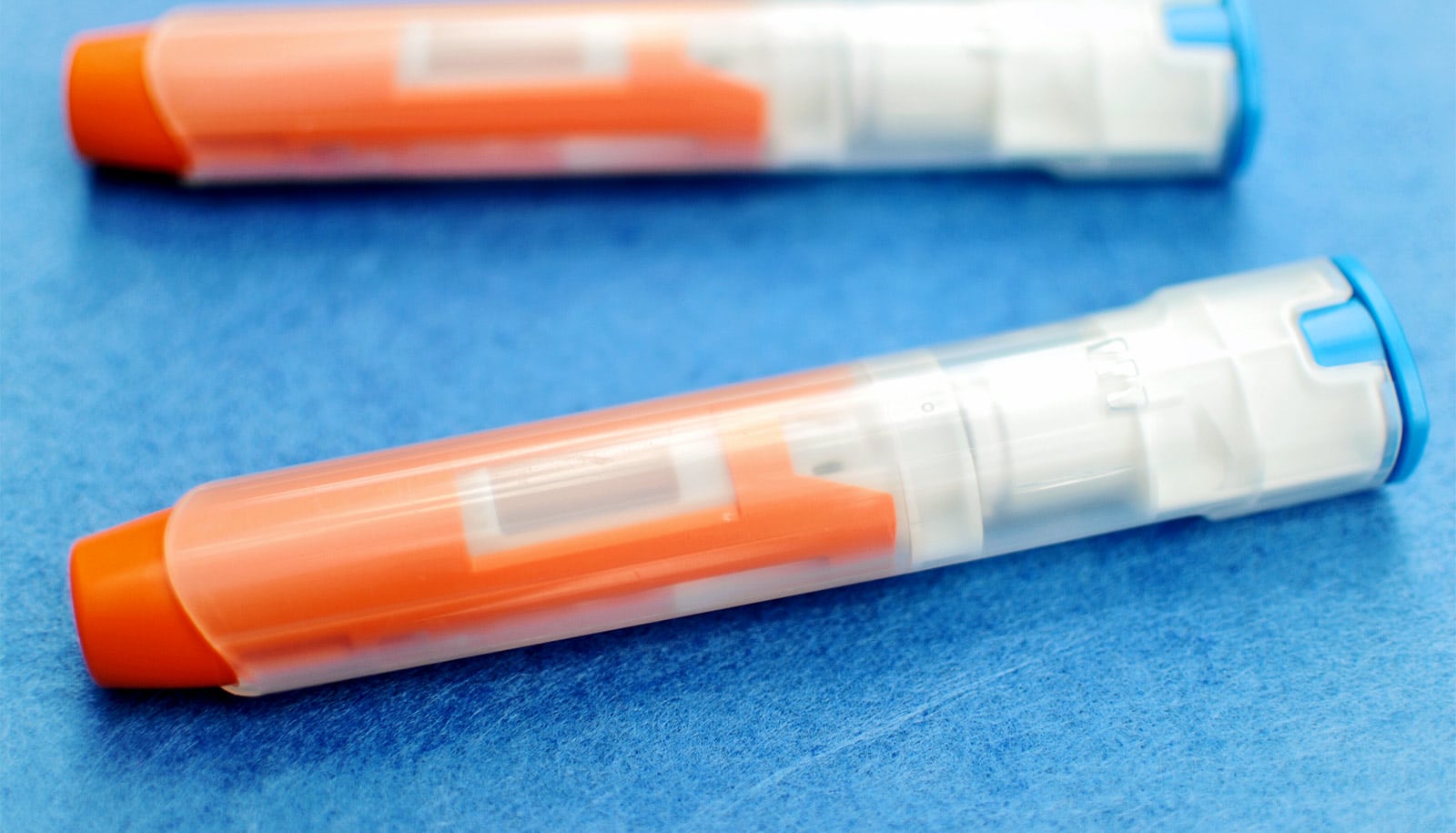Blood pressure medication may prevent spasticity after spinal cord injury, new research with mice indicates.
Spinal cord injury can be highly debilitating and affect motor skills, the sensation as well as autonomic brain functions. In addition, the injury will often lead to the development of spasticity which manifests itself in involuntary, sustained, or rhythmic muscle contractions. It is estimated that 70% of people who have a spinal cord injury will develop spasticity.
Researchers have discovered a possible treatment—tested on mice—against the development of spasticity following a spinal cord injury. After the treatment, the mice showed no or only modest signs of spasticity.
The researchers treated the mice with the drug nimodipine, which is an already approved drug that has been in use since the 1980s.
“We show that nimodipine by and large can prevent the development of spasticity after a spinal cord injury if administered soon after the injury and for an extended period of time. One of the most surprising and interesting elements in the study is that the effect continues, even after treatment has stopped,” says coauthor Ole Kiehn, professor in the University of Copenhagen neuroscience department.
The new results appear in Science Translational Medicine.
Nimodipine is a drug that is used, among other things, for high blood pressure. The researchers’ experiments showed that treatment with nimodipine must begin immediately after the spinal cord injury has occurred or it will not work.
In addition, the treatment must continue for an extended period of time. In the experiment, the mice took the drug for six weeks and then were observed for nine weeks, where they developed no or only mild signs of spasticity.
The most surprising thing to the researchers was that the effect was long-lasting.
“We had guessed that the spasticity would be blocked for as long as the pharmacological treatment was ongoing. But we were positively surprised to see that the development of spasticity remained blocked even after we stopped the pharmacological treatment,” says coauthor Carmelo Bellardita, a postdoctoral researcher in the neuroscience department.
Nimodipine works by blocking calcium channels, which belong to the group of so-called L-type calcium channels, found in many nerve cells in the spinal cord.
In the study, the researchers show that the effect of nimodipine is due to the blocking of one specific L-type calcium channel, the so-called CaV1.3 channel. By genetically removing that type of calcium channels in the spinal cord of mice, they achieved the same result: it blocked the development of spasticity.
According to the researchers, the results could potentially also be relevant to other diseases where spasticity may develop, such as multiple sclerosis and stroke.
“We are quite optimistic that nimodipine will have the same effect in humans. But we cannot be certain,” says Kiehn. “Nimodipine is an approved drug that easily enters the brain, and we will now begin trials together with other researchers where we test nimodipine on healthy test subjects to study the effect on various reflexes and motor skills. Subsequently, it may potentially be possible to test the drug on people with spasticity.”
Funding for the work came from the European Union’s Horizon 2020 research program, the Novo Nordisk Foundation’s Laureate Programme for Ole Kiehn, and Doctor Sofus Carl Emil Friis and wife Olga Doris Friis’ Legacy, as well as the Faculty of Health and Medical Sciences.
Source: University of Copenhagen



